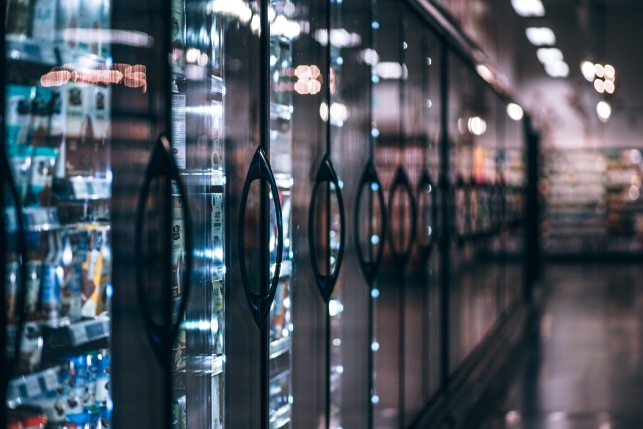One of the biggest problems with the restaurant is the excessive amounts of waste like fats, oils and grease (FOG) that are often dumped through drain pipes, sewers and dishwashers. Over a period of time, these by-products of food preparation will eventually solidify and form grease stoppages, which can cause blockages in the drainage system, unpleasant odor and result in big financial losses in terms of drain cleaning costs, repairs and maintenance expenses.
Here are some ways to dispose waste FOG properly and keep food waste in restaurants to a minimum.
Grease Trap & Interceptors
Grease trap and interceptors are the devices used for filtering FOGs from the wastewaters before they flow into the wastewater disposal system. The baffles within the system will restrict the flow and enable the FOG to float on the surface of the water, whereas the remaining wastewater will flow out from the trap into the wastewater disposal system. The accumulated wastes in the trap must be cleaned frequently for it to function effectively. This helps to minimize unnecessary expenses but also maintains the cleanliness and hygiene in the kitchen. There is a wide range of grease trap and inceptors, from passive to automatic as well as in-ground grease interceptor for you to choose from.
Enzymes
Enzymes are particularly useful in emulsifying FOGs. Enzymes function as a catalyst, which greatly help in removing and decreasing the buildup of FOGs. It degrades FOGs into small droplets by breaking the bonds between the grease molecules, thus allowing the infused bacteria to consume the by-products. However, such biological treatment might not be permitted in certain states and municipalities as the temporarily broken down FOG might recoagulate, leading to a severe blockage in the sewer system.
Exhaust Hood
The exhaust hood, is by far, the most common as it is used in every commercial kitchen. Generally, the exhaust hood is installed above the stove in order to draw out the cooking fumes, grease from cooking, frying, grilling, roasting and so on. The FOGs that are drawn up by the hood will go through the grease filter and condense on the exhaust ductwork, thereby minimizing the amount of FOG lingering around the kitchen. There is no denying that high-efficiency exhaust hood can effectively remove a considerable amount of emitted FOGs, preventing them from dispersing to the rain gutters, roof and other parts of your restaurant.
These seemingly small practices in removing waste in restaurant can have major impact on reducing expenses and elevating the hygiene standards in restaurant. Hence, choose a solution that is compatible with your foodservice operation and get the best out of your investments.



